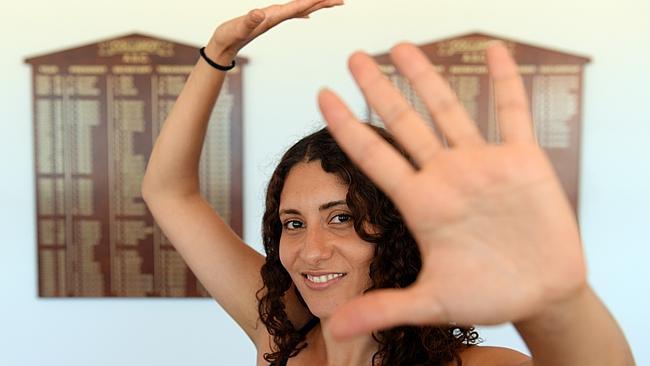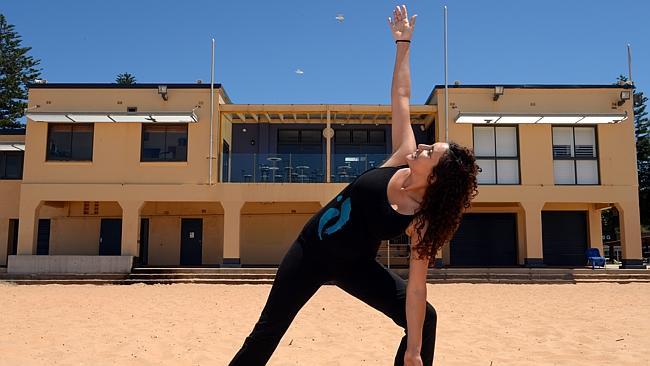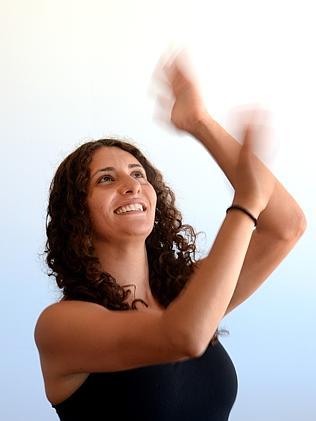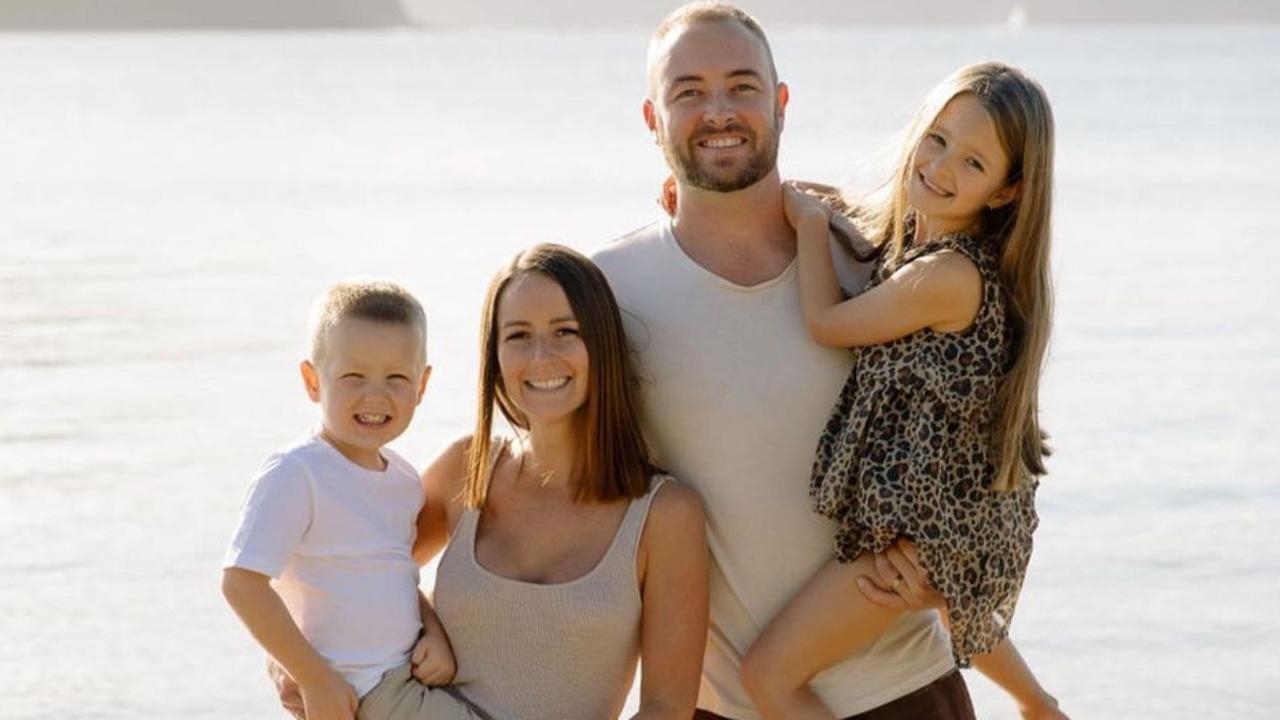Nia is a little bit martial arts, a little bit zumba and a little bit yoga
DEE Why Nia instructor Melinda Nassif is bringing the funky, sensory-based, global movement practice to Collaroy.

Nth Beaches
Don't miss out on the headlines from Nth Beaches. Followed categories will be added to My News.
AT FIRST glance, Nia can look like some form of crazy improvised dance — suited perhaps for aspiring actors, expressive types or those with few inhibitions.
Yet the modern movement philosophy which arrived in Australia 10 years ago is firmly rooted in medical science. Combining elements of martial arts, dance, yoga and healing arts, Nia might be described as a meditative version of Zumba.
Nia originated in the US about 30 years ago, when founders Debbie and Carlos AyaRosas moved away from aerobic instructing’s “no pain, no gain” workout.

They embraced a gentler, sensory-based movement practice. “It’s all about the joy of movement, and leaves you feeling uplifted and alive,” Dee Why resident and instructor Melinda Nassif said.
“Nia offers barefoot grounded movement and cardiovascular conditioning set to a funky global beat.
“It integrates awareness, creativity and opportunities for self-expression and self-healing, in a safe and welcoming environment.”
Ms Nassif is a blue belt Nia trainer and started Nia classes at Colloray Swim Club in February, in a bid to get more locals interested in the low-impact exercise.

Classes were suitable for all ages and fitness levels, as it taught people to be aware of their own body, the way it moves and any stiffness or pain in joints or muscles.
“You work up a great sweat without feeling like you are forced to go through pain,” Ms Nassif said.
“It’s great for arthritis, joint problems and rehabilitation. You can adapt moves according to how you’re feeling at any given time.”
A typical class runs for 55 minutes, featuring a combination of 52 moves that correspond with the main areas of the body — base, core and upper extremities.

Ms Nassif said the movement was gaining popularity across Sydney.
It helped reduce stress and anxiety, increased cardiovascular health and improved balance, flexibility, strength and mobility.
“After a class, you walk out feeling really fluid and happy,” she said.


